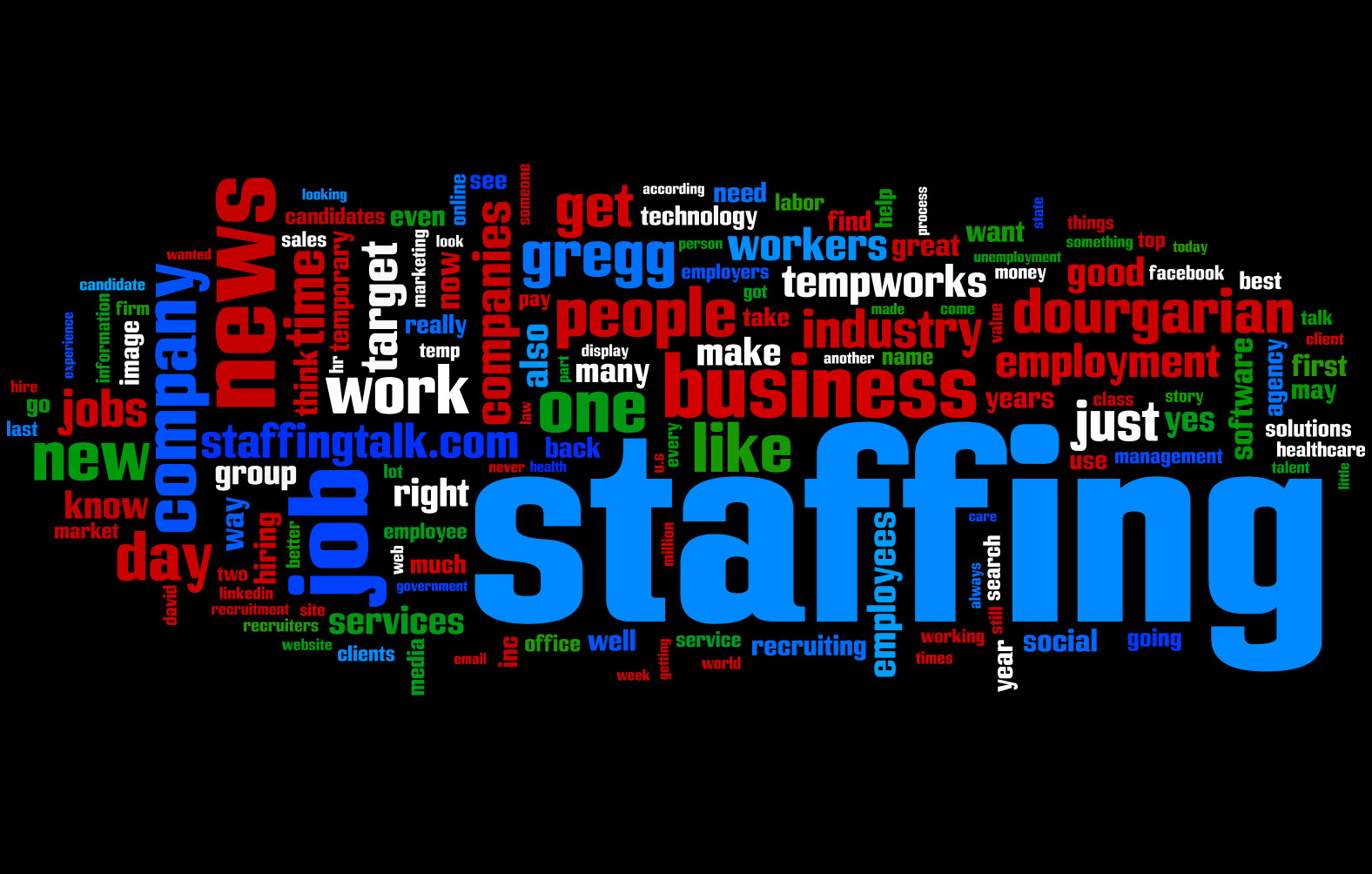In any economic downturn, companies at some point will consider improving their cash flow by “extending” the payment cycle for their vendors. Larger companies in particular will use this strategy, since they have fewer worries about being cut off by suppliers and are not dependent on their D&B ratings to obtain credit. Typically, this strategy involves stretching the payments from net 30 days to 45, 60 or even 90 days.
Sadly, it is accounting professionals who often recommend this strategy to their corporate clients, not always taking the time to explain the down side of extending payables. And that is unfortunate, because there are four effects of extending payables that should make it a strategy of last resort, not the common practice it is today:
- The loss of key vendors. Particularly in industries that rely on manufactured products, an extension of 30 to 45 days in the payment of invoices can mean economic ruin for small or entrepreneurial companies that do not have sufficient financial depth to weather the extension. This factor rarely comes to the attention of management, who must then deal with costs of identifying and contracting with new vendors – if they exist.
- The loss of key assets. Even when vendors simply absorb the loss of revenue, there are unintended consequences. Some vendors may continue to supply their products in spite of not being paid on time, but will begin to seek out new and more reliable customers to avoid the pain of inadequate cash flow. Some may lose key vendors or assets of their own, diminishing their ability to supply product in a timely manner or diminishing quality.
- Long-term costs increase. The only tool that vendors have at their disposal to counter a payables-extension strategy is to raise their costs. Some do it by tacking a fee on to each invoice that has gone more than 30 days without payment, but companies often ignore these fees and adopt a “take it or leave it” attitude toward the payments they make. Vendors will, if they can, raise the base costs of their products to cover the shortfall. Even when the payables return to 30 days net, the vendor will continue at the higher costs as a hedge against future shortfalls.
- It distorts the company’s financial statements. This one is the largest effect for accountants – the fact that financial statements, and in particular cash flow statements, are materially distorted by an artificial increase in payables and the attendant increase in operating cash flow. In the wake of a decade or so of financial and accounting scandals, investors and regulators are paying more attention to manipulation of the cash flow statements, including the extension of payables to make the cash flow statement appear better than it really is.
It would be one thing if fair warning were given to vendors that payment cycles were being extended, so that the vendors had an opportunity to assess how to manage in this new financial environment and how to deal with their own negative impacts. But payables extensions are rarely if ever announced. The first warning a vendor may get will be when an expected check simply does not arrive, touching off a cycle of calls, resubmission of invoices and panic. Worse yet, by simply instituting the extension the company may be violating the terms of its contract with the vendor, making it actionable after the fact – particularly if the vendor is forced into bankruptcy.
But extending payables is about more than just sticking it to vendors. Increasingly, it is seen as a sign of corporate malfeasance and an effort to affect the quality of the cash flow statement. And while this is not yet receiving the attention among investors and regulators that the income statement and balance sheet have traditionally been given, that day is not far away.
Any company considering an extension in their payables will need to take three basic steps to less the negative impact. The first of these is, of course, to communicate the extension. Explain to vendors why the extension is being made, its anticipated duration, and any efforts the company may take to reduce the impact on its vendors. The second is to review the strategy at least monthly to insure that it does not continue beyond the necessary period. The third is to appropriately note the situation in financial statements, particularly cash flow statements, to reduce the possibility of misleading or fraudulent financial statements that will affect the company and its accountants.
At best, extending payables should be an emergency practice used to weather a temporary fiscal crisis, with the full knowledge of all those involved. At worst, it is a subtle form of investor and vendor fraud that could have long-term negative effects on both the company and its marketplace.
Thanks for reading CPA Practice Advisor!
Subscribe Already registered? Log In
Need more information? Read the FAQs




